Humor me. Type "How to Make a Viral Video" into Google. Lots of results, huh?
For a small business owner, much of this advice can quickly be fed into the shredder. "Hire a famous celebrity." Sure, just do lunch with their agent. "Hire the best professional studio." Expect a 'click' after your answer to 'what's your budget.' "Create a dance." I tried to create a dance last night. My wife told me to sit down. Apparently I was blocking the TV.
Other recurring tips & tricks belong in the circular "easier said than done" file. "Make an emotional connection." "Be universal." "Be memorable." "Use original humor."
This is all great advice. But if your day job is in an industry other than comedy, therapy or astrophysics, you may need help breaking it down into actionable items. That's the goal for this post - to provide practical, achievable steps for beginning your video creation process.
1) Identify the "First Audience"
You're not going to reach your ambitious goals unless you really amaze the first viewers. These are most likely your existing customers, followers, stakeholders, etc. Document who they are and how they feel about your objective (see below. You can do this in a room with a white board. You can look at your site analytics. You can proactively engage your audience through surveys or social media. Resources permitting, you can also conduct focus groups.
2) Set Real Objectives
Going viral is not an objective. Getting views is not an objective. There must be something your business wants. Define it. Is it to raise awareness about the launch of a new business, product or service? Or is it to increase trust in your brand? Align your business with a trend, issue or cause? Drive site visits or sales?
Many objectives are difficult to measure. Unless you have a PR firm to "take the temperature" of the world before and after your video, you'll need to come up with some proxies: Web traffic before and after; Google search volume for your company name; site visits directly from the video or from unexpected (and never before seen) referring sites; visits to your Facebook page; increases in Twitter followers or mentions, etc. Create a basket of metrics. If they all move in the same direction, it's not by accident.
3) Match Your Approach to Your Objectives
I freely admit this is more art than science. Please consider the following as a tool to kickstart your creative process:
Raise Awareness - Deliver the unexpected. This can be humor, absurdity, shock value, etc. The hurdle on "the unexpected" gets higher each day. So invest the time to know what's come before you.
Increase Trust - Show the human side of your business. Who are the founders? Who makes the product with their hands? Who speaks to the customers? What causes do you support? In what ways are you transparent, accountable and responsible?
Drive Sales - Define and prove the value proposition. This may be conceptual, abstract or not easily shown with a camera. The value may reside inside a technological "black box." It may involve things that are very small or very large. So think about graphics, animation, allegories etc., to get your point across. End with a clear call-to-action.
Raise your hand if you're thinking, "I want to do all three of those." Fair enough. Mixing and matching may take you in interesting directions.
4) Compose Moments
Video is rich media. Moving pictures and multiple soundtracks interacting to create a series of moments audiences find arresting. It's immersive magic and we all want some.
Here's how not to get it. Write a content outline. Write a script based on that outline. Do the words first. Then wallpaper the words with vague ideas about visuals. Get 5 or 10 people who don't fully understand what you're trying to achieve to review it while multitasking. They will NOT understand why the unicorn needs to do a somersault. Trust me. And just like that your concept is dead.
Instead, I'd recommend the following:
Draw Your Key Moments - Take a blank piece of paper, turn it sideways (landscape) and begin drawing the key moments of your video. Fill the frame. Enlist a child with a crayon if you need to. You can make notes about the music if you like, but avoid words. Most of us are left-brained. Words are the comfort zone - and a trap.
Storyboards and Comic Books - Use storyboards or even comic books as the deliverable in your scripting process. It'll be easy to find style samples on the internet. Your reviewers are unlikely to be patient or expert enough to visualize a video off a deliverable filled with words. Help them see the video, not the script. Litmus test: If you can't tell your story this way, you shouldn't be investing in a visual medium.
Watch Goofy Movies - Everyone involved in the process needs to watch a minimum of one goofy movie per week until the video is completed. Who Framed Roger Rabbit is absolutely required. The scene where Roger slips the handcuffs ... it's a case study for the power of building powerful moments.
As a parting thought - there's a lot of pressure in business. Many of us have evolved traits to help us succeed. We've become serious, pragmatic, focused, aggressive, risk-averse, etc. We may aggressively want a video that goes viral. But in order to conceive and create one, we may need to unlearn some of these traits and rediscover our sense of wonder. Enlist a child with a crayon if you need to...
For additional insights on making videos for your business, visit the GoAnimate blog.